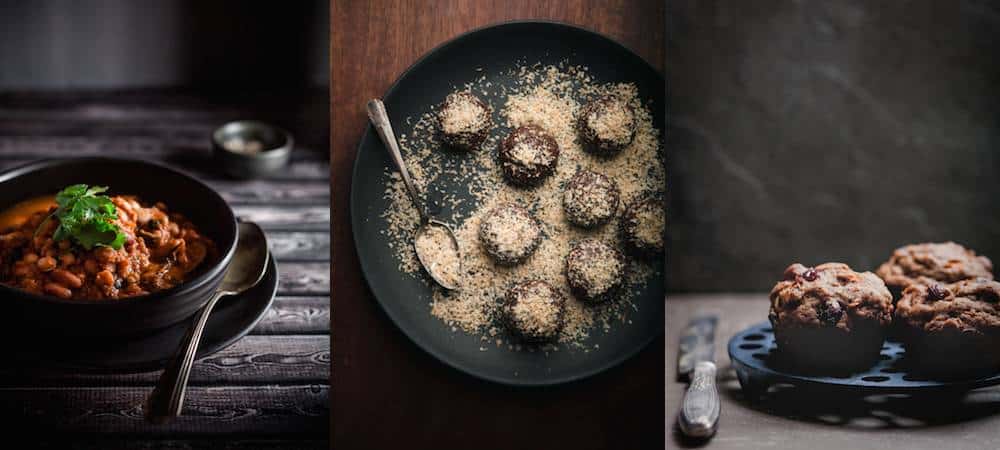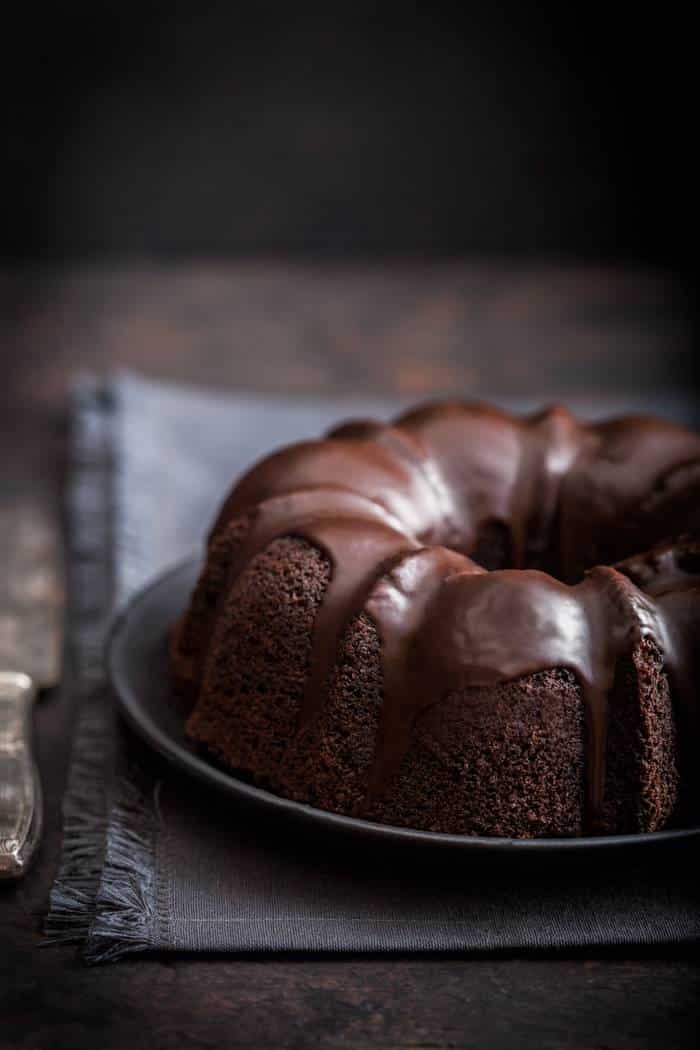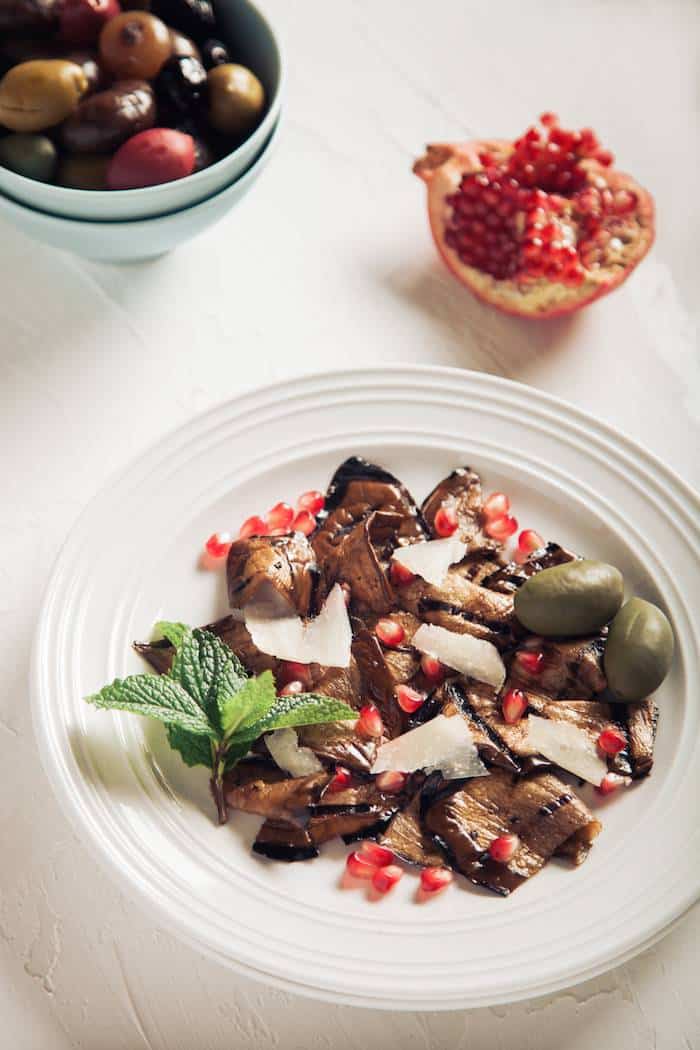
After six years of shooting food only in natural light, I mostly shoot with artificial light now. I have come to the conclusion that artificial light is better for food photography than natural light.
Yes, you read that right. Artifical light is better for food photography than natural light.
Don’t get me wrong. I love natural light! My favourite way to capture food is with diffused daylight coming in from a window. Natural light is beautiful. Natural light is free, and at certain times of the day, it is abundant.
However, like the last five people you dated, it is not always available and consistent.
People will always tell you that natural light is better than artificial light. For a long time, I believed them. Then I went to photography school and learned that most professional food photographers use artificial lighting—usually a flash system. I know some photographers that work only with natural light, but they all live in the Southern Hemisphere. The rest of us often have to contend with grey skies and rain and a day that ends at 3:00 in the afternoon for many months of the year, which can really be limiting to our ability to take great photos.
For most of my blogging career, I only used natural light. When I finally invested in a set of strobes, a whole new world opened up for me.
Here is why:
Artificial Light is Always Available
When shooting with strobes, you can shoot whenever you want.
As a blogger with a full time-job, living on the Canadian west coast, the only time I could shoot the images for my posts was on weekends and summer days when it was still light after work. This seriously limited how often I posted, despite my best intentions. Now that I work mostly with strobes, I can take my photographs at any time I please, rain or shine, noon or night. Now that I am a full-time photographer, I will use natural light when the weather is nice and it is convenient. However, in Vancouver the weather is usually not nice, and sometimes I find myself working well into the evening, especially if it’s on a personal project or shooting for my blog.
Artificial Light is Consistent
Natural light often changes. I have shot on days where the sun was constantly fading in and out of the window where I’d placed my set up, sometimes several times within a few minutes, and I was constantly changing my camera settings. Also the colour of the light changes throughout the day, affecting the white balance and colours in your image, and giving you other unpredictable results. Artificial light stays the same. Once you master a couple of set-ups you can have consistent, predictable results each time you shoot. I know one photographer who uses side lighting that has been partially blocked with black flags for every single shot she does, and it always looks beautiful and mysterious.

Artificial Light is Easier to Control
Because artificial light stays the same, it is easier to control. This is why professional photographers usually work with strobes. The last thing you want to deal with when you are working on a shoot with a client is the unknown. When you have consistent, reliable results at any time of day, it can make your life a lot easier. You can focus on your composition and unleash your creativity. I am a lot more relaxed while shooting when I know I can work as long as I want, whenever I want, and don’t have to continually fuss with my camera setting. It frees me up to really challenge myself artistically and carry out my vision or that of my client.
These days when someone tells me that natural light is better than artificial light, I think they don’t know how to shoot with studio strobes. No doubt about it, imitating natural light with strobe lights is difficult to master and even after photography school, I myself am still on that learning curve. There are inherent challenges in using artificial lights, such as working with their intensity and creating images that are not flat, but you can learn to overcome these obstacles with lots of practice. Artificial light can mimic natural light to the point where even a photographer can’t tell the difference between an image shot in daylight and one shot in artificial light.
In an upcoming post I will share my tips on using artificial light to mimic natural light. Stay tuned!

Eggplant with Olives, Parmesan, and Pomegranate
1




Lovely insight! Thanks for THIS post. We alaways read everywhere that natural light is better for food etc.
Living in Montréal, i face similar issues with light, and i am starting to think about buying lights and stuff. I think your post just nudged me a little more to try and expérimenter!
Thanks again!
Thank you, Stephanie. Which is better really depends on the person taking the picture. Natural light can look really bad if you don’t know what you’re doing, just as artificial light can. Most of us bloggers learn to work with natural light because that is what is most available, so it seems easier. But really, it’s just two different learning curves with different sets of challenges 🙂 I’m glad you enjoyed the post!
Being a fellow Vancouverite (and relatively new blogger/photographer) this winter was definitely a challenge! Recently, I have read a few articles about the benefits of artificial light for food, and keep thinking about what I might need to make this work. Do you have thoughts on the first bits of gear that would be useful to have? I’m so glad I found this site, and look forward to perusing your archives 🙂
Thank you so much 🙂 I would invest in a couple of EGO digital imaging fluorescent lights. In Canada, they can be bought online at Vistek. They can be a bit tricky to get the hang of, too. I’ll be posting about how to use them in the next couple of weeks or so. Anything other that would require quite a bit more cash–and space.